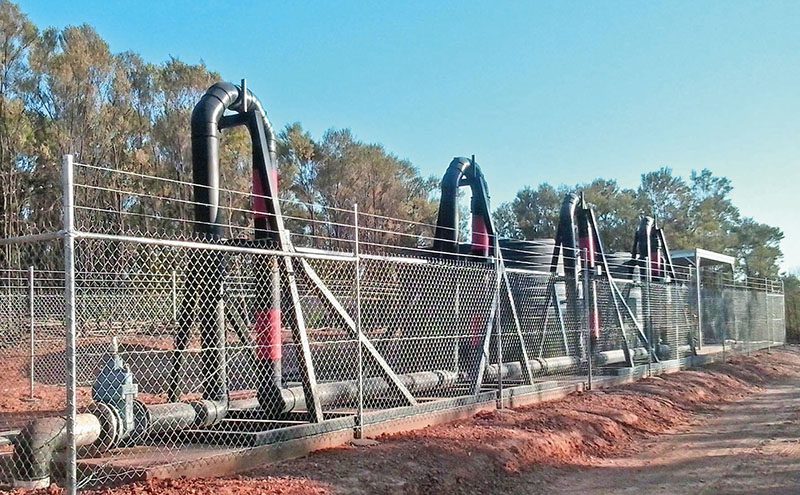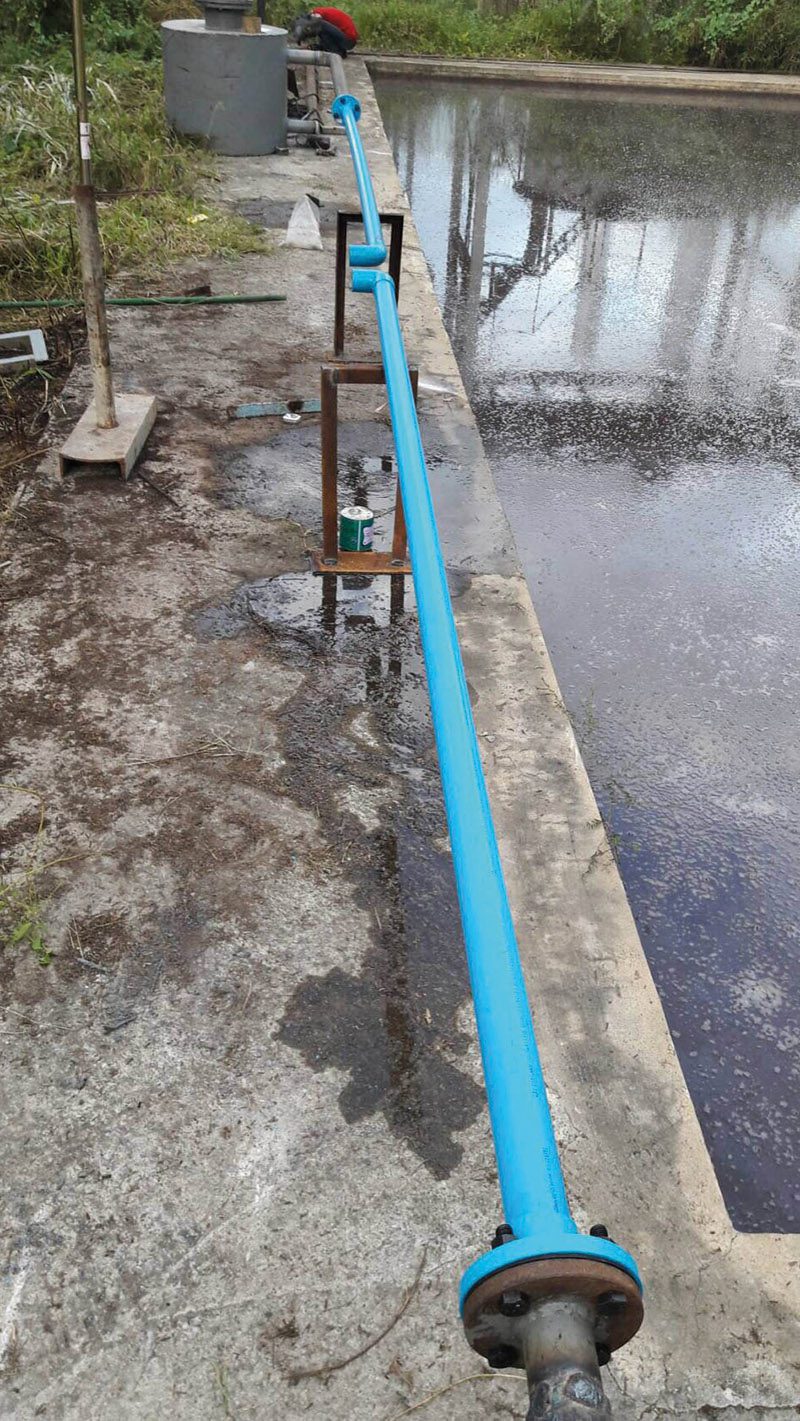A seemingly chemical- and filter-free water conditioning system is being used in wastewater pipes to help sugarcane-processing plants in Thailand meet environmental standards.

The firm behind the technology, South Australia’s Hydrosmart, provides the microprocessor-based unit which sits on the outside of pipes and controls the delivery of resonance frequencies, which are said to disrupt the bonding between minerals and charged compounds, thereby dissolving calcium, iron and gypsum scale off pipes.
The frequencies are delivered via antennae wound in tight coils around pipes.
According to the Hydrosmart web site, frequency effects remain in treated water for up to five days and progressively break down bonds within any mineral deposits already formed. Calcium and iron scale in pipes – and equipment connected to the treated flow – seemingly becomes loosened within a period of months. The loosened minerals then break free and exit the pipe with the water, rather than continuing to clog the pipe or equipment.
It is now being used to reduce algae and improve the chemical oxygen demand (COD) of sugarcane wastewater in the eastern Thai province of Sakeo.

According to the firm’s managing director Paul Pearce, the minerals present in sugarcane wastewater pose a threat to waterways. Environmental regulations in Thailand specify conformance with certain levels of COD.
He said the Hydrosmart unit allows beneficial microbes and bacteria to thrive, while also balancing the water to a healthier state by reducing particle size, without the addition of other things – chemicals and so on.
After installing the smaller D60EO model, the changes it has made to the quality of the water have been significant and it has even helped to remove odours, he said.
The sugarcane project was initially run as a trial using a smaller waste pond to test the effectiveness of Hydrosmart’s U-bend technology.
The D60EO model used in the trial consists of a 60mm PVC pipe that connects to the pipes that pump water out of the wastewater pond (pictured, opposite).
Using two sets of frequencies, the unit was able to successfully treat the water within four weeks of being installed.
The plant now plans to install a full-sized model at its primary waste pond in Thailand.
Pearce said the microprocessor unit was highly efficient, using about the same amount of electricity as a standard light bulb.
In addition, he said, the device requires little maintenance and can operate all year round as long as it remains plugged in and activated.
Hydrosmart’s technology is also being deployed in textile wastewater applications in Bangladesh and is improving water quality in the Polynesian sovereign state of Tonga.
South Australia is the driest state in the driest continent in the world and has become a putative world leader in water treatment and reuse technologies.
Australia’s Water Industry Alliance CEO Rachel Barratt said non-chemical wastewater treatment technologies were becoming an increasingly important ingredient in the effort to meet international environmental standards.
“The processing of sugarcane contains a lot of organic matter and heavy metals so it’s great to see Hydrosmart doing so well internationally and using their solutions to tackle global challenges that have a direct and real impact on other communities.”







